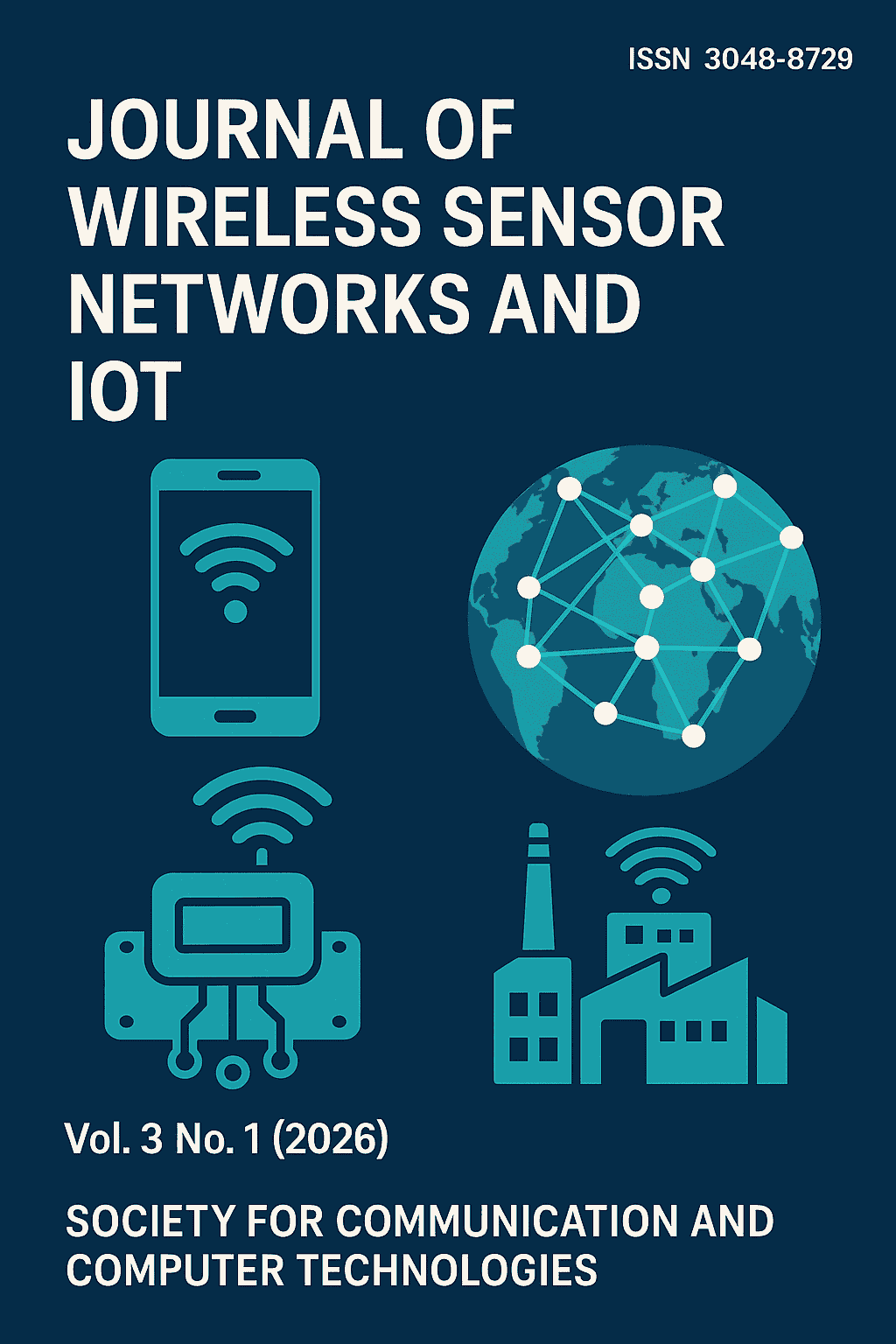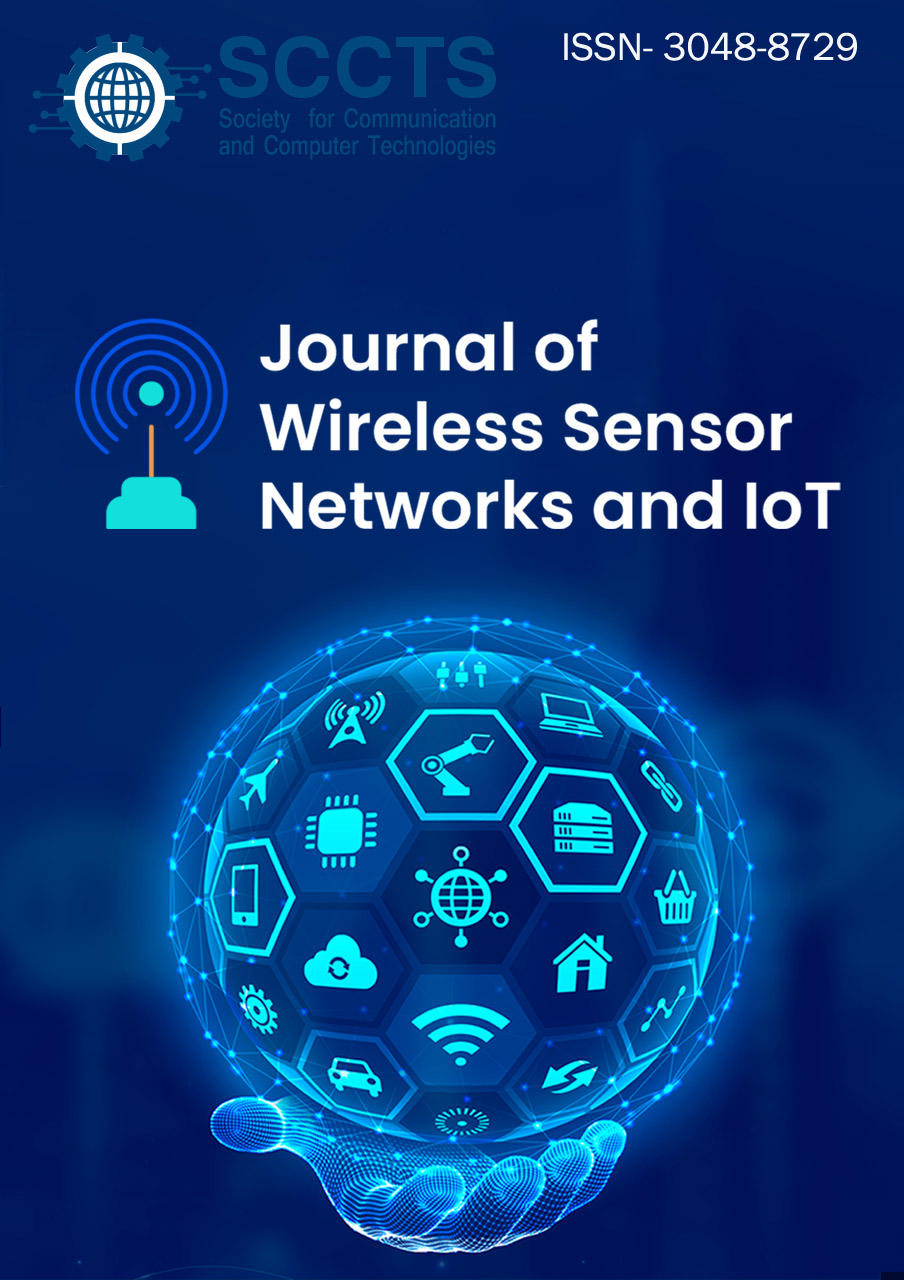Fog-Assisted Anomaly Detection in IoT-WSN Ecosystems Using Hybrid Deep Learning Models
DOI:
https://doi.org/10.31838/WSNIOT/03.01.01Keywords:
IoT, Wireless Sensor Networks, Anomaly Detection, Fog Computing, CNN-LSTM, Edge Intelligence, Deep LearningAbstract
The massive implementation of Internet of Things (IoT) devices and Wireless Sensor Networks (WSNs) has allowed data sensing and monitoring to be ubiquitous in various domains of human operation that are of critical nature including smart cities, industrial automation, healthcare, and environmental surveillance. Nonetheless, due to the high degree of dispersion of these ecosystems, and their scarce presence of both computational and energy capacities, it is very problematic to guarantee security and the real-time capability of detecting anomalies. Conventional cloud-based analytic schemes are usually characterized by a large latency, bandwidth bottleneck, and a threat to the privacy of data, which makes them inappropriate in occasions when the IoT-WSN application has time constraints and is resource-limited. To circumvent such limitations, this paper captures a fog-assisted anomaly detection system that can exploit hybrid deep learning systems by using both Convolutional Neural Networks (CNNs) which capture spatial feature wiring and Long Short-Term Memory (LSTM) networks that capture temporal sequence learning. The proposed system, due to the ability to leverage the computing power at fog nodes, which are located near the sensor layers, enables local entities to process the data on a localized basis, thereby greatly decreasing the need to communicate continuously with one of the clouds. Such architecture does not only increase the speed of detection but also decreases the amount of energy consumed by the IoT end devices. The performance of the model is compared to benchmark datasets, like SWaT, and UNSW-NB15, and in synthetic WSN settings with anomalies that have been injected. Demonstrated experimental data shows high accuracy of detection through the detection error of 98.3%, zero error false positive of 1.1%, and a decrease in the data latency by 63 percent in relation to traditional cloud-only mechanisms. The framework also keeps a minor memory and energy impact that can fit to be implemented in real world fog environments. On the whole, the present research highlights the capabilities of fog-aided edge intelligence to support the reliability, scalability, and responsiveness levels of the anomaly detection mechanisms of IoT-WSN structures in ways that will help it to develop secure, context-aware, and efficient smart systems.






